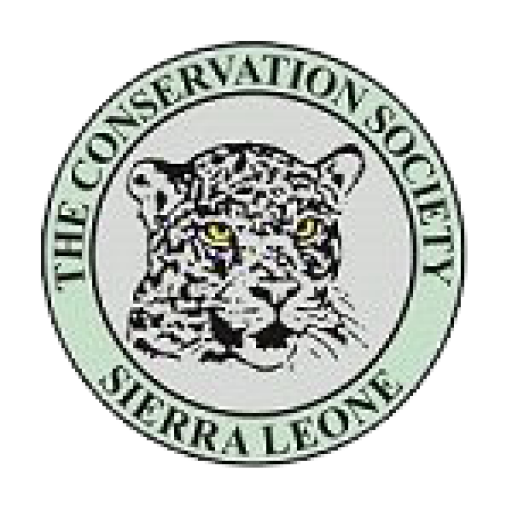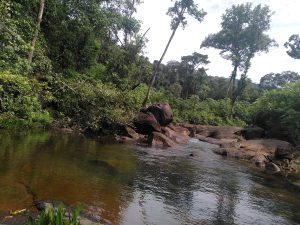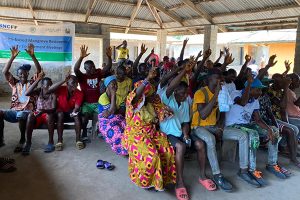Background
Situated within the Grand Mano Landscape, the Yawri Bay is a 91km2 expanse of inter tidal mudflats, along 60 km offshore, backed by mangrove swamps and coastal forest, interlaced with a network of creeks. Yawri Bay is hugely productive in terms of ecosystem goods and services including climate regulation, flood control, seafood availability, energy/fuel wood production etc. Its conservation and sustainable management are essential for the development and resilience of the 51 communities in four Chiefdoms with around 80,000 people.
Between March 2021 to June 2022, the Conservation Society of Sierra Leone (CSSL) with support from the Critical Ecosystem Partnership Fund (CEPF) worked with key stakeholders to ensure improved recognition and protection of the bay. During that time, several interventions were completed including the evaluation of laws of the responsible agencies that protect the bay with proffered recommendations.
CSSL developed a management plan for the bay, concluded on a comprehensive boundary delimitation, conducted biodiversity surveys, assessed the socio-economic impact of the communities in the bay and initiated engagement with the private sectors to develop a memorandum of understanding on drafting a conservation agreement with the communities. This project aims to build on the gains and achievements of the CEPF supported project, so as to increase sustainability through increased coordination and collaboration among the stakeholders on the conservation of the site.
This PAPBio project which focuses on the management of mangrove forests from Senegal to Benin looks at the integrated protection of mangrove diversity and fragile ecosystems in West Africa and their enhanced resilience to climate change in nine West African countries. The project will build on the gains and achievements of the concluded CEPF supported project, so as to increase the recognition, protection and management of Yawri Bay ecosystem and to ensure its sustainability through increased coordination and collaboration among the stakeholders on the conservation of the site.
Situation
The Yawri Bay is an important spawning ground for fish and has been described as ‘the fish basket’ of Sierra Leone.
The Yawri Bay is also one of nine Important Bird Areas/Key Biodiversity Areas in Sierra Leone. 19 species of global conservation importance have been recorded in the bay including West African Manatee (VU), Cape Clawless otter (NT), Western chimpanzee (EN), and several globally threatened turtle species.
Despite its importance, Yawri Bay has had very limited protection with no government land use policy in place and no management plan. The bay has therefore been under serious threat from over-fishing and over-harvesting of mangroves. Fortunately, one of the gains of the previously concluded CEPF project was the development of a management plan for the Yawri Bay. It is hoped that this project will seek funds to ensure the implementation of the management plan.
Its conservation and sustainable management are essential for the development and resilience of the 51 communities in four Chiefdoms with around 80,000 people who live in and around the bay, especially for those that depend on the natural resources and ecosystem services for survival and livelihoods.
Goal
To strengthen stakeholder capacity, governance, collaboration and coordination for sustainable management of the Yawri Bay eco system.
Approach
The main vehicle for coordination and implementation of project activities will be the Yawri Bay Ramsar Site Working Group (YaRSWoG) supported by the CSSL project team. The group has 17 member organizations from government, NGOs and private sector with a total of 17 people. The committee will meet quarterly to review, approve and advise on all planned conservation actions in the bay but smaller specialist groups will meet and work with the CSSL project team more frequently. Community Engagement meetings will be an important element of the project methodology. All actions agreed by YaRSWoG will be undertaken in collaboration with the local community members after appropriate briefing and engagement.
Expected Outcome
- Increased awareness and recognition of the Yawri Bay as an important conservation site.
- Stakeholder capacity strengthened through increased collaboration for effective implementation of the management plan.
- The integration of biodiversity conservation best practices are promoted to influence private sector and community livelihood activities.
- Strengthened relationship between community eco guards and the National Protected Area Authority (NPAA) rangers for effective monitoring and management of the bay.
- Four hectares of degraded mangrove area restored.
Planned Activities
- Develop fundable proposals to support Yawri Bay management plan implementation
- Identify and train eight Local Community Advocacy Champions
- Conduct four Chiefdom local community engagement / awareness raising meetings targeting 83 % of the 51 communities in Yawri Bay (including roadshows)
- Establish and support four school nature clubs in all four Chiefdoms
- Engage the media and support project communication and visibility activities (e.g., flyers, brochures, newsletter stories etc.)
- Train and equip Eco guards and Community Advocacy Champions across the bay
- Plant 4 hectare mangroves in degraded sites in the communities in Yawri Bay
For further information, please feel free to contact
our Project Coordinator Abdulai Dauda
Email: abdulai.dauda@cs-sl.org
or info@cs-sl.org
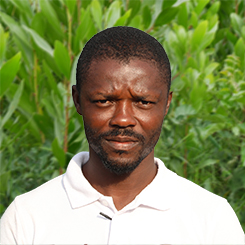
Latest news about PAPBio at the Yawri Bay
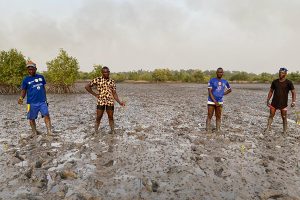
Follow-up on Mangrove Restoration at the Yawri Bay
To monitor the growth and survival of mangroves planted in July 2023 with funds from Wetlands International through PAPBIO, the Conservation Society of Sierra Leone
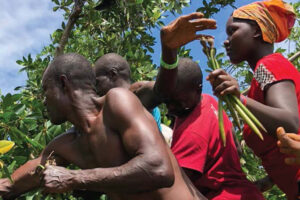
How to replant a Mangrove Forest: CSSL publishes Mangrove Restoration Case Study
Mangrove forests are key players to mitigate climate change consequences, protect coastal communities and prevent erosion and flooding. One of the strengths of mangrove is
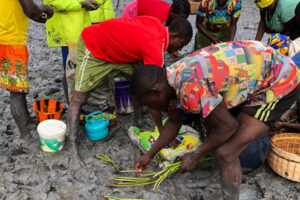
CSSL sets the bar for mangrove restoration in Yawri Bay
The Conservation Society of Sierra Leone (CSSL) with support from Wetlands International through the PAPBIO project has started the restoration of mangroves in Morchail, Ribbi
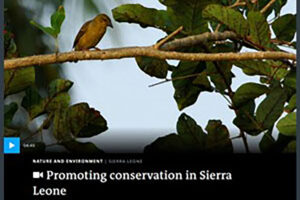
Short video documentary about Yawri Bay
Yawri Bay is well known as an important area for residential and migratory birds because of the huge mangrove forests and mud fields. The Conservation
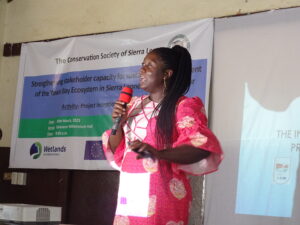
Yawri Bay – a future to behold. CSSL conducts PAPBio Inception Workshop
The Conservation Society of Sierra Leone (CSSL) with funding from Wetland International had on the 30th of March 2023 organized a project inception workshop. The workshop
